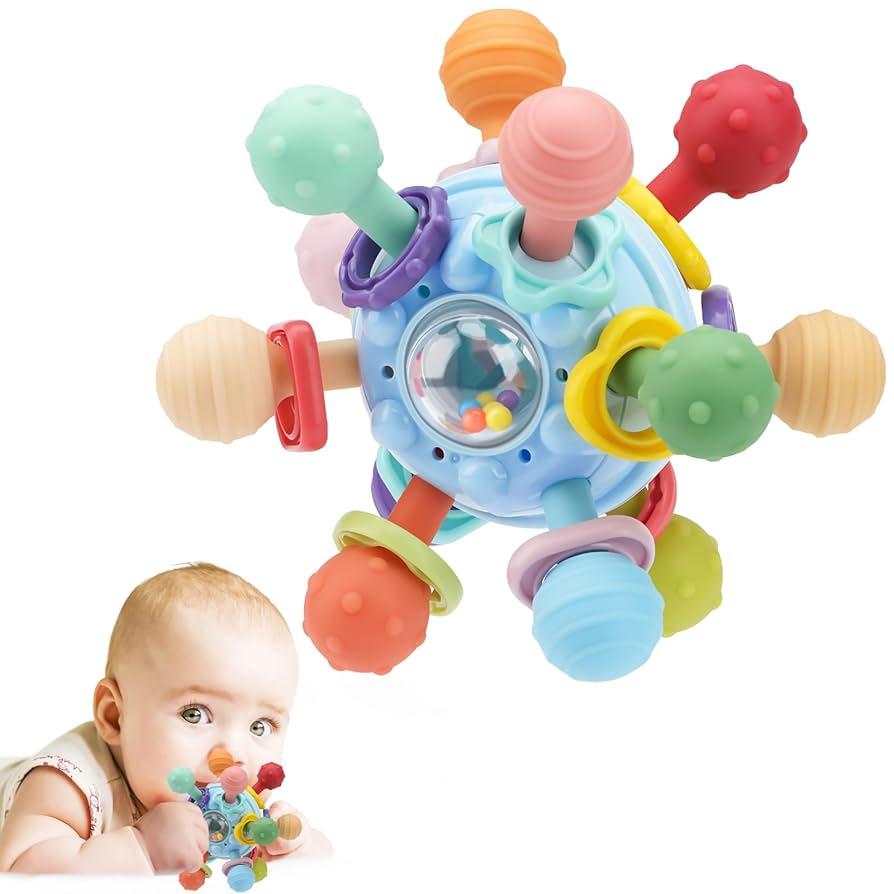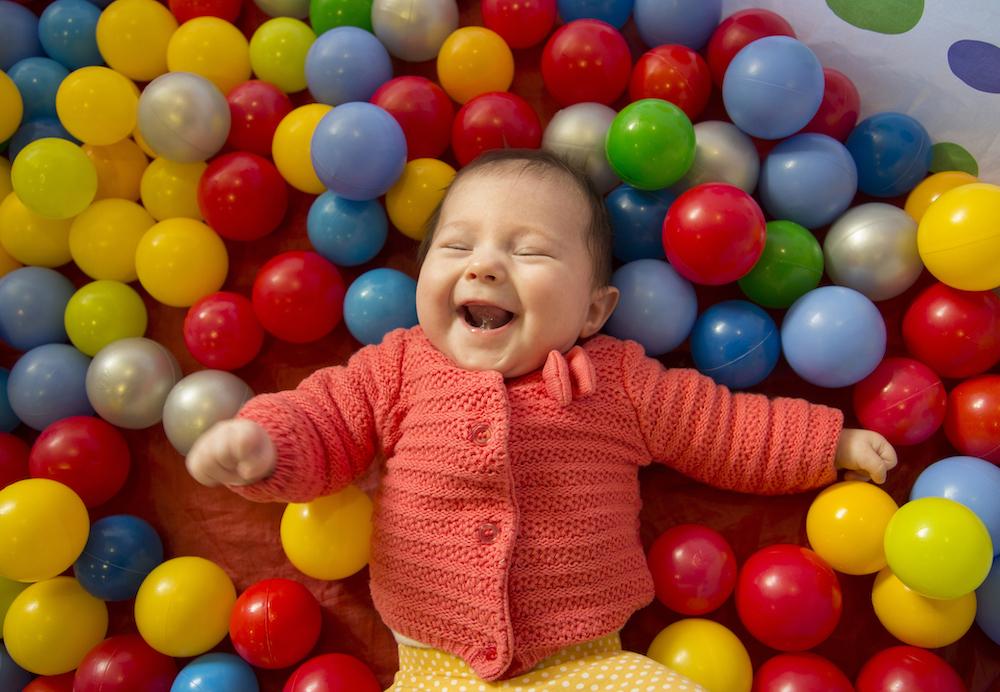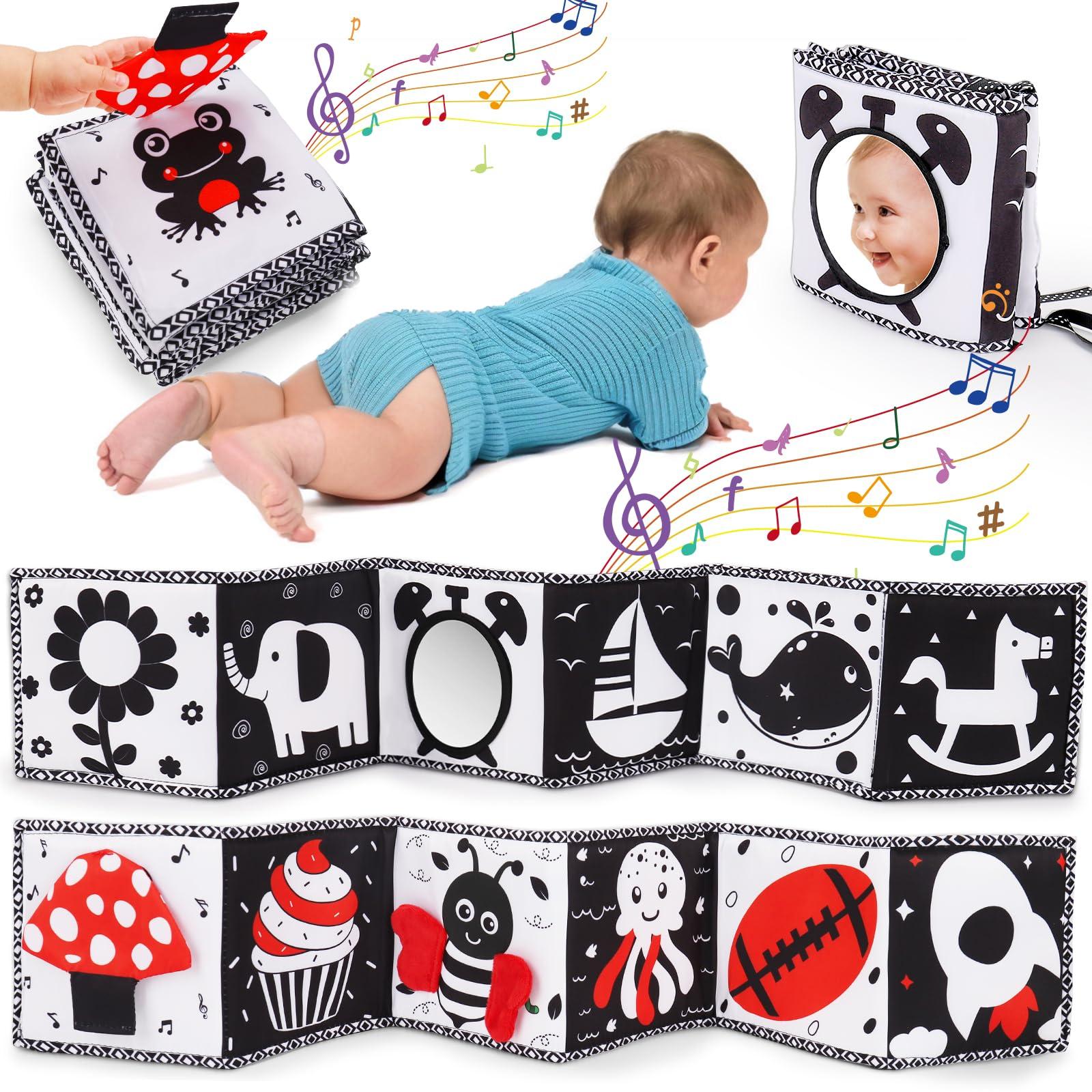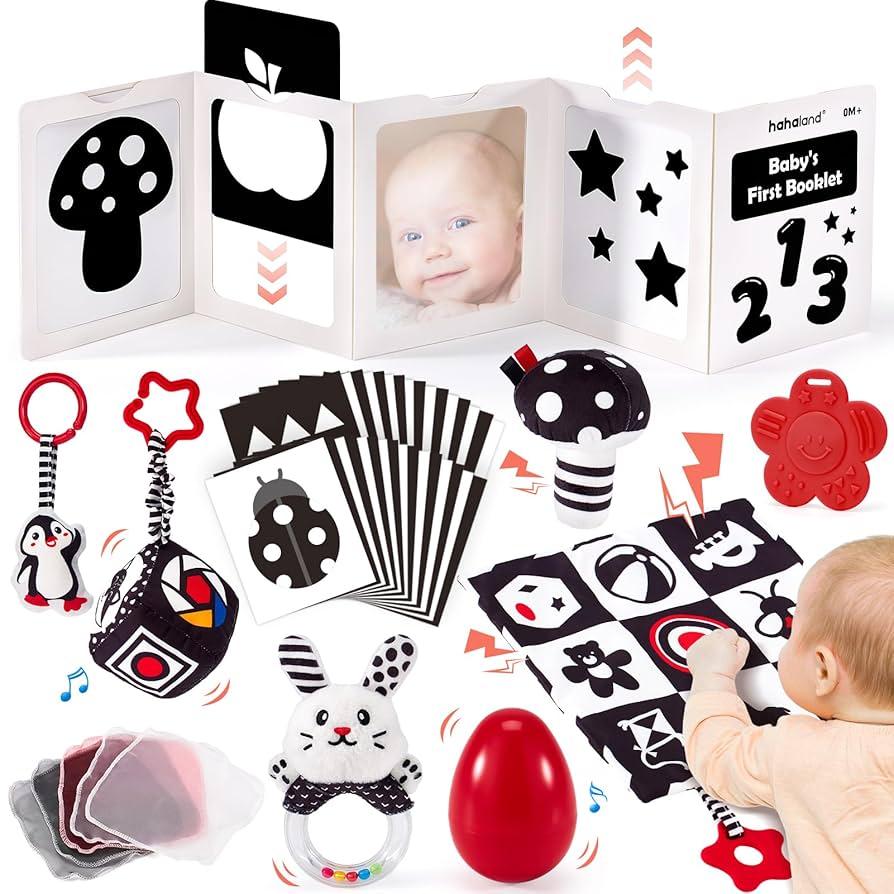From the soft crinkle of fabric to the vibrant swirl of colors, sensory toys offer more than just playtime-they are gateways to discovery in a baby’s earliest days. These carefully designed tools engage a child’s senses, sparking curiosity and laying the foundation for cognitive growth. As tiny fingers grasp, mouths explore, and eyes track movement, sensory toys become catalysts for brain development, nurturing neural connections that shape learning and understanding. In this article, we delve into the world of sensory toys and their pivotal role in fostering the burgeoning minds of babies.
Exploring the Role of Sensory Toys in Early Cognitive Growth
Understanding how babies perceive their surroundings is essential when selecting the right tools to support their cognitive growth. Sensory toys serve as gateways to discovery, blending touch, sight, and sound in a harmonious way that stimulates neural pathways. When infants engage with these toys, they aren’t merely playing; they are strengthening connections in their brains that facilitate learning processes such as problem-solving, memory retention, and spatial awareness. These toys encourage exploration, creating a multisensory experience that enhances attention span and fosters curiosity-two vital components for early development.
Key benefits of sensory toys include:
- Enhancing fine and gross motor skills through tactile exploration
- Encouraging cause-and-effect understanding with interactive elements
- Building language foundations via textures and sounds
- Promoting emotional regulation by providing soothing sensory input
To better visualize how various sensory inputs contribute to growth, consider the following table outlining common sensory stimuli and their developmental benefits:
| Sensory Input | Developmental Benefit |
|---|---|
| Bright colors | Stimulate visual tracking and attention |
| Different textures | Improve tactile discrimination and fine motor skills |
| Soft sounds | Enhance auditory processing and language skills |
| Vibrations and movement | Develop vestibular awareness and balance |

Understanding Different Types of Sensory Stimulation for Infants
Infants experience the world through a variety of sensory channels, each essential to their cognitive and emotional growth. These include tactile, auditory, visual, olfactory, and vestibular stimulation. For example, touching different textures encourages neural connections that enhance motor skills, while exposure to diverse sounds helps develop early language recognition. Understanding these distinct sensory types allows caregivers to select toys that target multiple areas of brain development at once, providing a richer and more dynamic environment for babies to explore.
When choosing sensory toys, it’s helpful to consider how they engage the different senses:
- Tactile: Soft fabrics, bumpy surfaces, and crinkly materials
- Auditory: Rattles, musical toys, and toys with varied sounds
- Visual: High-contrast patterns, bright colors, and moving parts
- Olfactory: Scented plush toys and natural materials
- Vestibular: Rocking motions or gentle swinging toys
| Sensory Type | Example Toys | Development Benefit |
|---|---|---|
| Tactile | Textured balls, sensory blankets | Refines touch-and-feel skills |
| Auditory | Musical mobiles, rattles | Enhances hearing and auditory processing |
| Visual | Black & white books, colorful toys | Boosts visual tracking and focus |

Selecting Safe and Effective Sensory Toys for Your Baby
When choosing sensory toys for your baby, safety should always be the top priority. Opt for toys made from non-toxic, BPA-free materials to ensure they are safe to chew and explore. Avoid toys with small parts that can pose choking hazards. Additionally, selecting items with smooth edges and sturdy construction will prevent any accidental injuries during those curious, exploratory moments. Remember, a sensory toy’s design should be robust enough to withstand daily drooling, throwing, and squeezing-common behaviors in early childhood exploration.
Effectiveness in sensory toys comes from their ability to engage multiple senses and adapt as your baby grows. Look for toys featuring varied textures, sounds, and bright, contrasting colors-these stimulate tactile, auditory, and visual development simultaneously. Incorporating interactive elements like crinkles or mirrors can encourage cause-and-effect learning and self-recognition. Below is a quick guide to features that promote brain development:
| Feature | Developmental Benefit |
|---|---|
| Varied Textures | Enhances tactile sensitivity and fine motor skills |
| Bright Colors & Patterns | Stimulates visual tracking and color recognition |
| Sound Elements | Supports auditory processing and attention |
| Interactive Features | Encourages problem-solving and cognitive development |

Incorporating Sensory Play into Daily Routines for Optimal Development
Integrating sensory play into your baby’s everyday schedule doesn’t have to be complicated-small, intentional moments can make a big impact. Whether it’s during diaper changes, mealtime, or bath time, introducing various textures, sounds, and colors helps stimulate different brain areas simultaneously. For instance, using soft fabric toys during tummy time enhances tactile awareness, while rattles or musical toys encourage auditory development. These interactive experiences create a rich environment where babies feel safe to explore and learn, fostering neural connections essential for cognitive growth.
To effortlessly blend sensory play into daily activities, consider keeping a curated selection of versatile items within arm’s reach. Here are some easy-to-incorporate sensory toys and tools:
- Textured teething rings for tactile stimulation and soothing gums
- Soft, crinkly books that encourage hand-eye coordination and curiosity
- Colorful stacking cups which teach spatial awareness and fine motor skills
- Water play mats perfect for visual tracking and sensory exploration during tummy time
| Routine | Sensory Toy | Development Focus |
|---|---|---|
| Bath Time | Floatable squishy toys | Tactile & visual |
| Meal Time | Textured silicone spoons | Tactile & oral motor |
| Diaper Changes | Soft crinkle toys | Auditory & tactile |
| Tummy Time | Colorful play mats | Visual & motor skills |
Final Thoughts
As little hands explore and tiny minds soak in the world around them, sensory toys become more than just playthings-they are gateways to discovery and growth. By engaging sight, sound, touch, and movement, these carefully crafted tools nurture the neural pathways that shape a baby’s earliest learning experiences. Choosing the right sensory toys is not just about keeping a child entertained; it’s about laying the foundation for a lifetime of curiosity and cognitive development. In the delicate dance of play and progress, sensory toys hold a quiet but powerful place, inviting babies to explore, learn, and flourish one delightful moment at a time.
